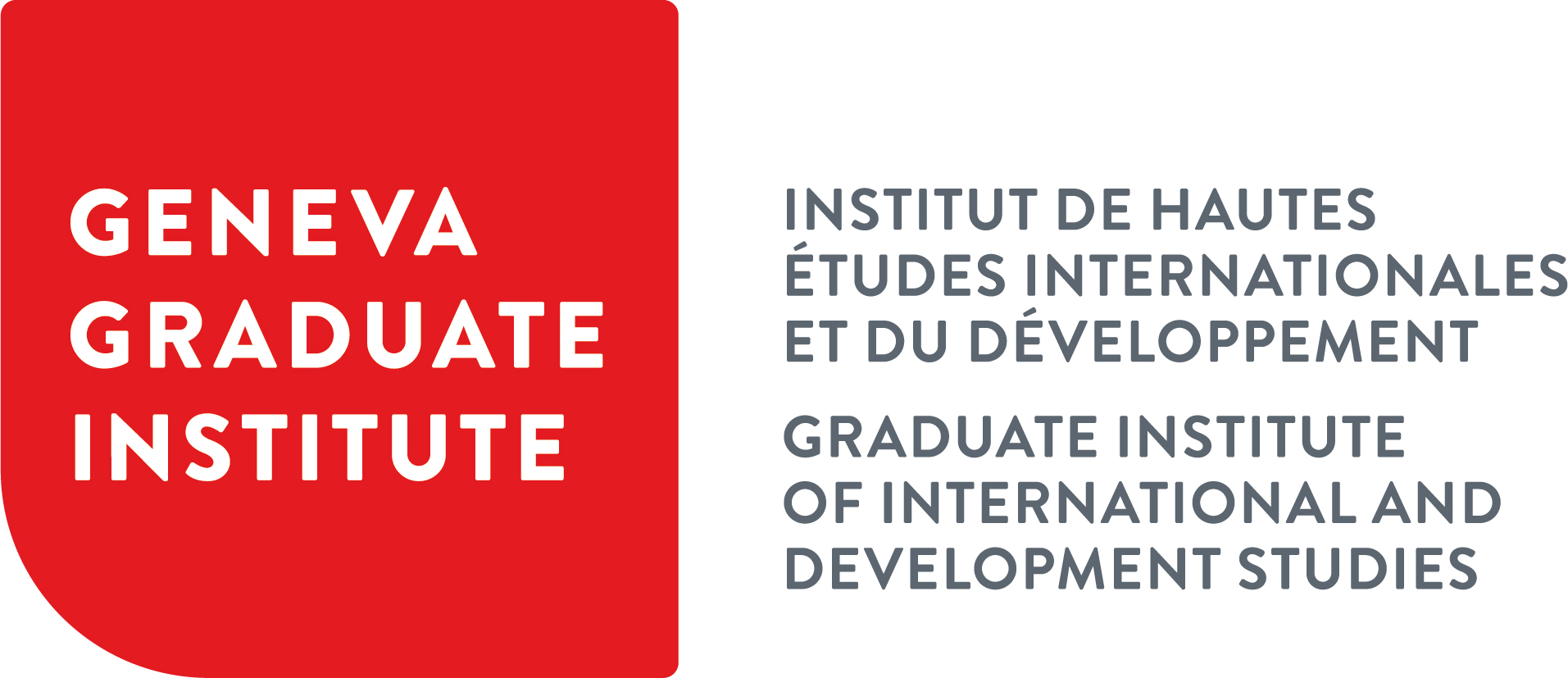News » South Asia: Several Armed Conflicts Affect the Himalayan Region
South Asia: Several Armed Conflicts Affect the Himalayan Region
Several armed conflicts are taking place in South Asia, fueling instability in the Himalayan region: an international armed conflict (IAC) between China and India, an IAC between India and Pakistan and a non-international armed conflict (NIAC) in India between the government and the Naxalites. Furthermore, the Indian troops have been engaging in armed violence in the Jammu and Kashmir region. However, the situation does not amount to a NIAC yet. Our Rule of Law in Armed Conflict (RULAC) online portal provides a detailed analysis of these conflicts, including information about the parties, classification, and applicable international law.
IAC between China and India over the Control of Arunachal Pradesh and Aksai China
India and China are involved in an IAC over the control of two main regions: Arunachal Pradesh and Aksai China – which is considered as part of Xingjian and Tibet by China, while according to India it is part of Ladakh – and a number of smaller regions along the Sino-Indian border.
‘For an IAC to exist there must have been a resort to armed force involving at least two states; the threshold to determine that an IAC is taking place is very low and does not require a certain intensity or duration’ explains Dr Chiara Redaelli, Research Fellow at the Geneva Academy.
‘The armed confrontations that have taken place since June 2020 between the two countries along the Himalayan border are therefore sufficient to classify this situation as an IAC. The facts – that we develop on our RULAC online portal – are determining such classification, not the subjective intent of the belligerents’ she adds.
International Armed Conflict between India and Pakistan
India and Pakistan are involved in an international armed conflict over the status of Kashmir.
The RULAC entry on this conflict has been updated to integrate recent developments, including the increased intensity of the violence since 2019 and the August 2019 revocation by India of the special constitutional status to Jammu & Kashmir, which was granted by Article 370 of the Indian Constitution.
NIAC in India between the Government and the Naxalites
The Indian Government is involved in a NIAC against the Communist Party of India – Maoist (this group is also frequently referred to as the Naxalites).
The RULAC entry on this conflict has been updated to integrate recent developments.
Armed Violence in Northeast India between Armed Groups and the Government
Worrying Developments in Jammu and Kashmir
A number of armed non-state actors are operating in northeast India – Arunachal Pradesh, Assam, Jammu and Kashmir, Manipur, Meghalaya, Mizoram, Nagaland, Sikkim and Tripura, Manipur, Nagaland –, and are engaging in armed violence against the government.
‘We closely monitor the evolution of the situation related to the armed violence and clashes between the Indian army and these armed groups. We notably updated our RULAC online portal with the recent developments in the Jammu and Kashmir region’ underlines Dr Chiara Redaelli.
Following India’s revocation of the special constitutional status granted to Jammu and Kashmir, around 300 Kashmiri politicians have been arrested in August 2020 and the region was put under lockdown. On 6 August, the Parliament adopted the Kashmir Reorganization Bill, which divided the region into two territories – Jammu and Kashmir, and Ladakh – and downgraded their status from ‘state’ to ‘Union Territories.’ Between second and 5 August, the Indian government also deployed tens of thousands of additional troops in Jammu and Kashmir and imposed a communication blackout.
‘While some developments – including in Jammu and Kashmir – are worrying, we could not conclude in light of the information at our disposal, that India is engaging in NIACs against the armed groups operating in these regions. This is notably due to the difficulty in ascertaining whether one or more groups reach the intensity of violence threshold’ she adds.


